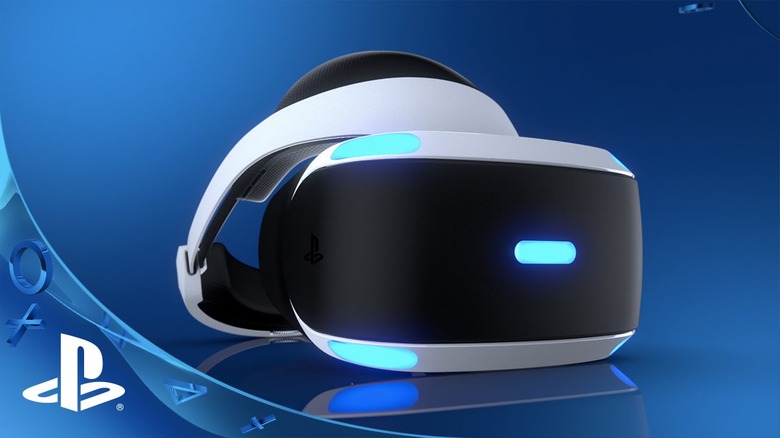If VR Is Going To Have A Future, PlayStation VR Can't Fail
It has been a very, very long time since a peripheral has shaken up the game industry. EyeToy was a bust, Kinect died a slow, excruciating death and there's a pretty good chance you'd completely forgotten about the GBA e-Reader.
All of those hardware add-ons failed (or are in the process of failing), but it never really mattered. They took a risk; it didn't pan out; we all moved on.
With all of that failure in the rearview mirror, PlayStation VR has a mighty tough row to hoe, but if VR really is the future of gaming, it simply can't fail.
DON'T MISS: 5 ways Apple's iPhone is still better than Android after all these years
The VR revolution is off to an expectedly slow start.
Although thousands of early adopters were anxious to get their hands on the Oculus Rift and HTC Vive the minute they launched, VR gaming is anything but mainstream in the summer of 2016. In order to game on your $799 Vive or your $599 Rift, you need a $1,000 computer that can actually run virtual reality software. It's just not financially viable for most people.
On the other hand, over 40 million consumers own a PlayStation 4, which they probably bought for $399 at launch or as low as $299 in any of the countless sales over the past few years. The PlayStation VR headset will cost them an additional $399 (or $499 if they spring for the bundle), which is still a massive amount of savings over the hardware necessary for PC VR gaming.
The price is important, but even more important is the initial reaction to PSVR.
If those who preordered the hardware are underwhelmed by the experience or the hardware or even the launch lineup, it could create a major roadblock for the future of VR. Sony has to get this right the first time.
Coming off of one of the more beguiling E3 expos in recent memory, one aspect of Microsoft's press conference stood out to me. While semi-announcing Project Scorpio for a 2017 release, Microsoft revealed that the upgraded console would support "high-end VR," similar to what we see on PCs today.
Interestingly, the company also admitted that it hadn't yet settled on a partner. Could this mean that Oculus is competing for the spot? Or is Microsoft working on its own solution for Scorpio? Or (and this is where I bring it all full circle) is Microsoft just waiting to see whether or not PSVR crashes and burns before it dedicates a great deal of time and resources to VR?
If PSVR bombs, it would throw up a red flag the size of an OG Xbox for Microsoft and any other companies considering getting into the VR realm. Although it's doubtful that Microsoft would remove VR capability altogether, they could certainly downplay its existence and focus on other features of the console.
But if PSVR thrives, you had better believe that Microsoft is going to do everything it can to bring a better, faster, more powerful VR experience to market just a year after the launch of Sony's own VR hardware.
With Sony and Microsoft trying to one-up each other on the home console side of the industry, PC gamers will be rewarded with even more cross-platform content, especially if VR games make their way into Microsoft's new Xbox Play Anywhere program. Imagine if every VR game you bought worked on both your Xbox One and your PC with your Oculus Rift or Xbox VR headset?
But before any of these dreams can become reality, Sony needs to make an impact this fall. It would be foolish to assume that a tepid launch to PSVR would doom the technology once and for all, but it would certainly make for a significantly steeper hill to climb going forward. If you're interested in the future of VR, you should watch very closely when PSVR launches on October 13th.
